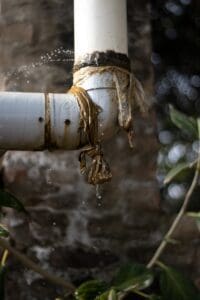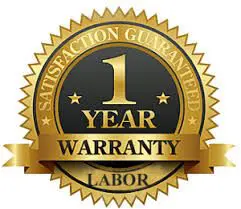Water Remediation #3 of 4

The Complexities of Water Remediation and The Challenges it Presents
Continue exploring the guide for more insights on preventing future water damage, selecting the right restoration company, and understanding the costs involved in the restoration process.
This section provides a deeper understanding of the complexities involved in water damage restoration, emphasizing the importance of recognizing different types of water damage, the science behind the damage, and early detection methods.
As we progress through each section, the aim is to furnish readers with the knowledge needed to navigate the challenges of water damage restoration confidently.
Need for Water Remediation Help
When faced with water damage, understanding when to call in professionals is crucial for effective remediation.
While minor spills can often be handled independently, significant water damage situations require the expertise and equipment of professional restoration services.
When to Call the Professionals
Situations involving contaminated water, large-scale water intrusion, or suspected structural damage are instances where professional remediation services are necessary.
Professionals are equipped to handle the complexities of water damage, including the safe removal of contaminated water, drying of the structure, and the prevention of mold growth.
DIY vs. Professional Remediation
While DIY approaches can be tempting, they often fall short in addressing the full extent of water damage, especially in cases of
Category 2 or 3 water damage. Professionals not only have the technical equipment but also the protective gear and expertise to manage the remediation process safely and effectively.
Contaminated Water and Its Removal
Contaminated water, whether from sewage backups, floodwaters, or other sources, requires specific handling and removal techniques to ensure safety and prevent further damage.
Handling Contaminated Water.
Safety is paramount when dealing with contaminated water. Professional restoration teams use protective equipment and follow strict protocols to avoid health hazards. Contaminated areas require thorough cleaning and sanitization to restore them to a safe condition.
Safety Measures During Contaminated Water Removal
The removal of contaminated water involves not just the extraction of water but also the disinfection of affected areas. Professionals use EPA-approved antimicrobial treatments to sanitize surfaces effectively and prevent the spread of bacteria and viruses.
Water Damage Repair and Restoration
Repairing and restoring your property after water damage involves several steps, from addressing structural damages to restoring the aesthetics of your home.
Repairing the Damage
The repair phase may involve structural repairs, such as fixing or replacing damaged walls, floors, and ceilings, as well as addressing any electrical or plumbing issues caused by water damage. This step is crucial in ensuring the safety and integrity of your property.
Restoration:
Returning Your Home to Normal
The final step in the water damage restoration process is restoring your home or business to its pre-damage condition.
This may involve minor repairs, such as painting and replacing carpets, or significant reconstruction efforts for extensively damaged properties.
The goal is to make your space safe, comfortable, and aesthetically pleasing once again.
Preventing Future Water Damage
Preventive measures are key to avoiding future water damage incidents. Regular maintenance and awareness can save homeowners significant stress and expense.
Maintenance Tips
Regularly inspecting your property for signs of leaks, ensuring proper drainage, and maintaining appliances and plumbing systems can help prevent water damage.
It's also wise to know the location of your main water shut-off valve in case of emergencies.
Waterproofing Solutions
Implementing waterproofing measures, such as sealing basements, installing water sensors, and ensuring proper landscaping drainage, can significantly reduce the risk of water damage.
These solutions can be especially important in areas prone to flooding or heavy rainfall.






